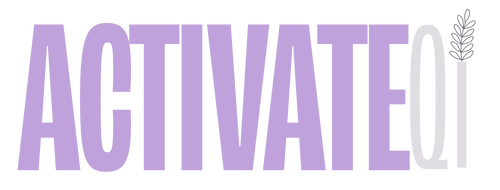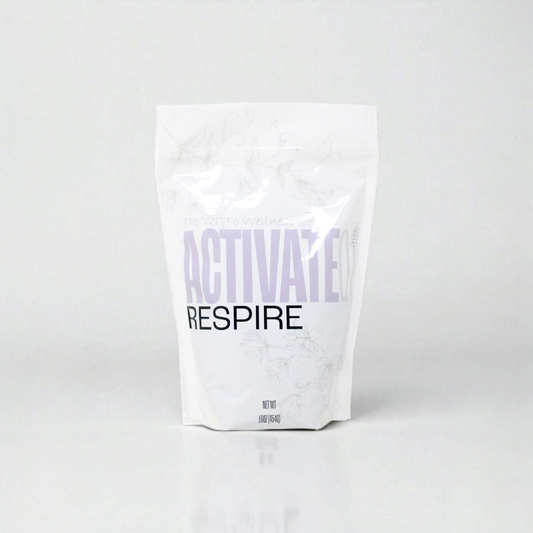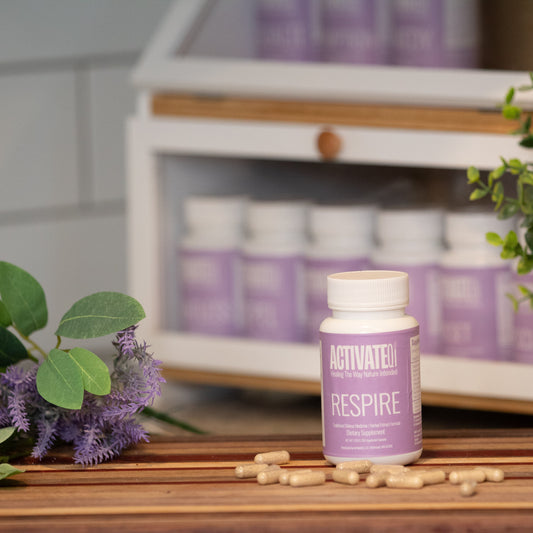In Traditional Chinese Medicine (TCM), tendons and other soft tissues (ligaments, fascia, muscle sheaths) are seen not only as physical structures but as part of a dynamic system that depends on the smooth flow of Qi and Blood and the health of specific organ systems.
What Governs the Tendons in TCM?
The Liver: In TCM, the Liver "rules the tendons" (or sinews). This means it is responsible for nourishing and moistening the tendons through the Liver Blood. If the Liver Blood is deficient or stagnant, the tendons may become stiff, weak, or prone to injury.
The Kidneys: The Kidneys store the Essence (Jing), which provides foundational energy for tissue regeneration and growth, especially important for chronic or severe injuries.
The Spleen: The Spleen governs transformation and transportation of fluids. Weak Spleen function leads to dampness, which can accumulate in the tissues and hinder healing.
How TCM Sees Soft Tissue Injuries
When soft tissue injuries occur—whether from trauma (a fall, a twist) or chronic overuse—TCM looks beyond the physical tear or inflammation. It examines how Qi, Blood, and Body Fluids are flowing through the channels (meridians) that supply and support the tissue.
Common patterns that block healing:
1. Blood and Qi Stagnation
Injury causes localized stagnation of Qi and Blood, leading to pain, swelling, and reduced mobility.
If stagnation isn't resolved, it can lead to scar tissue, stiffness, and chronic inflammation.
2. Dampness Accumulation
Dampness is a pathogenic factor that is heavy, sticky, and obstructive.
When dampness invades or accumulates in the muscles and soft tissue, it slows healing, causes lingering swelling, and creates a cold, heavy, achy feeling.
This is especially common when the Spleen is weak or in humid environments.
3. Cold or Wind Invasion
Exposure to cold or wind after injury can lodge in the channels and joints, leading to contracture, stiffness, and recurring flare-ups with weather changes.
How Blocked Channels Delay Healing
In TCM, the channels (jing-luo) are the energetic pathways that carry Qi and Blood to all parts of the body. When these channels are blocked:
- Qi and Blood can’t nourish the injured tissue.
- Waste and inflammatory byproducts can’t be efficiently removed.
- The area becomes stuck in a cycle of pain, tension, and stagnation.
Think of it like a traffic jam: the more blocked the channel, the longer it takes for repair materials to get in—and for debris to get out.
Why Healing Doesn’t Progress Without Addressing the Root
Modern treatments often focus only on reducing inflammation or masking pain. But in TCM, this would be like mopping the floor while the sink is still overflowing.
To truly promote tendon healing:
You must move Qi and Blood to clear stagnation.
You must resolve dampness to allow circulation and flexibility.
You must nourish the Liver and Kidneys to restore the strength of the sinews.
And you must ensure the channels are open, so that healing substances can reach the site.
How TCM Helps Tendon Healing
Treatment may include:
- Herbal formulas to invigorate Blood, resolve damp, and nourish the Liver.
- Acupuncture to open channels, reduce pain, and support organ function.
- Topical liniments or soaks to move Blood and clear local stagnation.
- Tui Na massage or Gua Sha to break up adhesions and improve flow.
Signs You May Have Dampness or Stagnation Delaying Soft Tissue Healing:
- Chronic swelling or puffiness around injury
- Slow or incomplete healing
- Pain that worsens with weather (cold, damp days)
- Heavy, stiff sensation in the tissue
- Recurring tightness or re-injury in the same area
Final Thought: Healing is a Systemic Process
In TCM, a tendon injury isn’t just a local event. It reflects the health of the whole body. If the organs, blood, and channels are strong and clear, the body can heal remarkably well. If not, even a minor injury can linger for months or years.
That’s why addressing dampness, blocked channels, and organ imbalances is not optional—it’s essential for true recovery.




